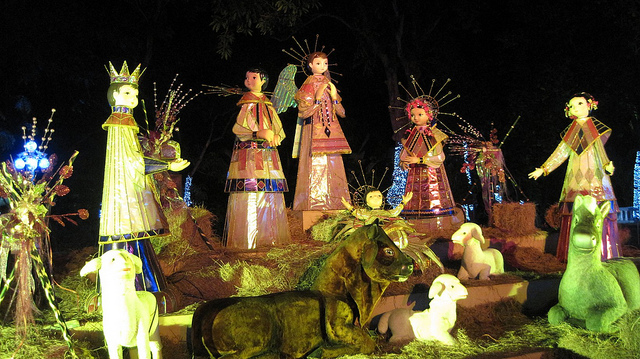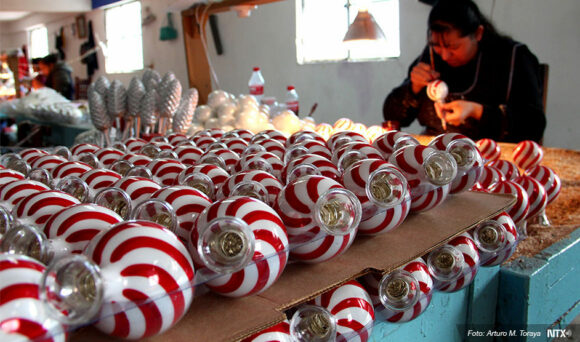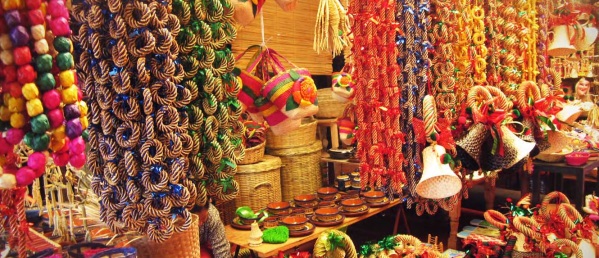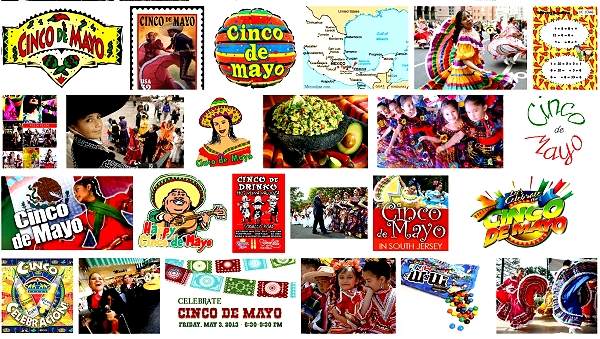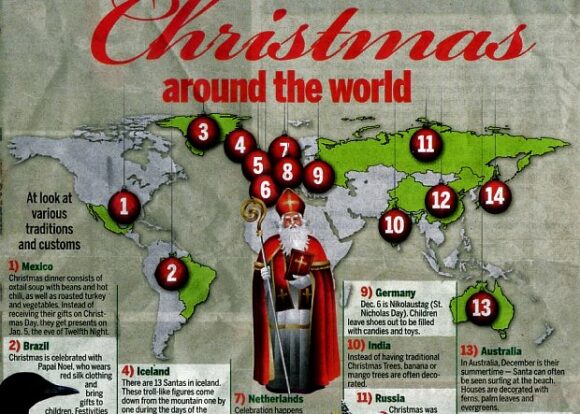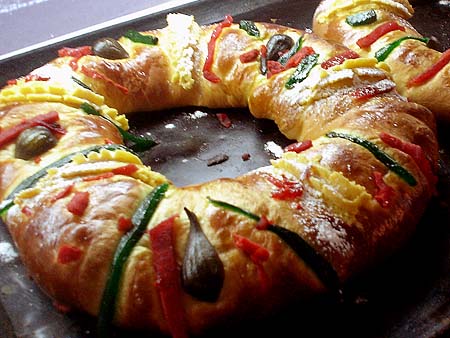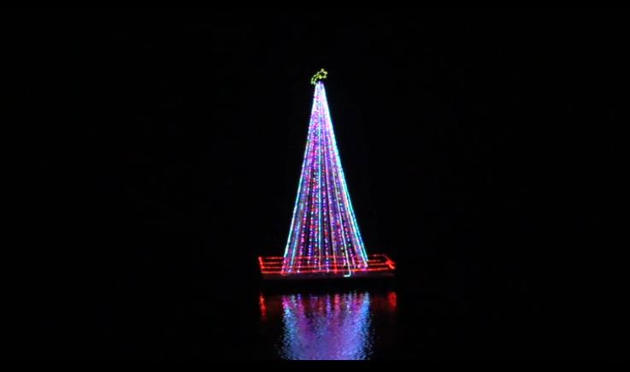Christmas festivities in Mexico are not just a one-day wonder but extend over several weeks, and are already well underway!
Nativity scenes such as this one are popular with all ages:
Unlike in many other countries, the custom of gift-giving at this time of year was not tied to Christmas Day but to Three Kings Day (6 January), a custom that has changed rapidly with rampant advertising and commercialization of the holiday season:
Still looking for a Mexican-themed Christmas gift? Try any of these books (Kindle or soft cover) by Geo-Mexico co-author Tony Burton, available on all Amazon sites – Books on Mexico; this romance-adventure novel by Jan Dunlap, set in 1970s’ Mexico – Dilemma; or this beautifully-written memoir of a childhood in Mexico (Mexico City and Lake Chapala) – According to Soledad – by Katie Goodridge Ingram. For an inspiring and heart-warming non-fiction work, try Gwen Burton’s New Worlds for the Deaf, which recounts the history of a pioneering school for the deaf in Jocotepec, Jalisco.
Mexico has had numerous unusual public Christmas trees in recent years, including:
Mexico is the original home of the poinsettia, the decorative plant of choice for interior decorators during the festive season. This year, a massive (Guinness award-winning) floral carpet of poinsettias covering 17,805 square meters – mainly of white and red varieties – was arranged at the pyramids of Teotihuacan, just outside Mexico City:
Mexico also gave the world the turkey, corn and pumpkin pie:
Curiously, the idea of having a Christmas Tree at Christmas time in Mexico seems to be a relatively recent custom, an example of a “cultural invasion”:
The custom of having a family or community Christmas Tree has led to an ever-growing demand for Christmas trees, many of which are now grown and harvested in Mexico:
Christmas trees are not complete without Christmas ornaments and Mexican handicraft artisans have been cashing in on the demand for decades, especially in such creative states as Michoacán:
Some parts of Mexico work on Christmas most of the year! For example, the manufacturing of beautiful handmade Christmas tree decorations is the main industry today in the former gold and silver mining town of Tlalpujahua in the state of Michoacán. The production of Christmas ornaments in Tlapujahua has a great series of photos by Arturo Toraya of Notimex, showing some of the steps involved.
As the accompanying text explains, “Making baubles for Christmas trees is the main source of jobs in the town, which is now one of the top five producers in the world. Due to their quality, 90 percent of the total production is exported to the U.S. and Canada. There are 200 family workshops in the town with seven-hour shifts, and each worker can make up to 550 baubles per day. Each workshop decorates about 500 per day. Red, blue, green and yellow are the top selling colors in Mexico, while black, brown and grey are more popular in the U.S.”
The village of Tzintzuntzan, on the shores of Lake Pátzcuaro, also in Michoacán, is another settlement where Christmas seems to be a year-round source of inspiration. The village handicraft market is a cornucopia of straw work in every conceivable color, design and size, which make ideal Christmas decorations or gifts.
Happy Christmas from Geo-Mexico! – ¡Feliz Navidad!
